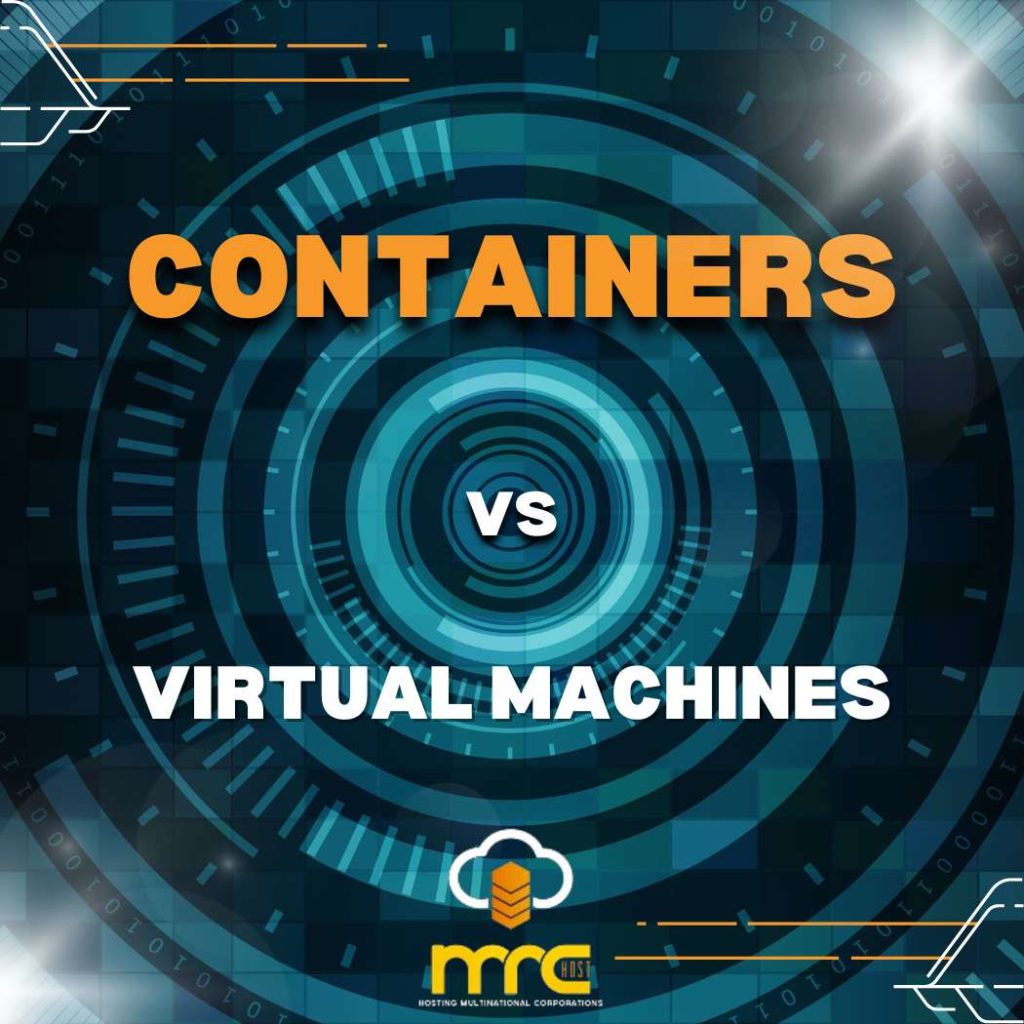
Introduction:
In the realm of virtual hosting environments, two prominent technologies have emerged as frontrunners: features like containers and Virtual machines (VMs). While it like so addresses two main problems as energy and conscience, each have specific advantages and are for different types of use cases. Here in this blog, we will be going deep into the containers’s internals and functions, their advantages with virtual machines and the scenarios where each technology is the best option.
Understanding Virtual Machines:
The virtual machine constructs the computer’s environment and emulates the physical hardware to create a number of such operating systems which can run concurrently on the one physical server. Every VM carries a program for a full-featured guest operating system, as well as virtualized hardware resources (e.g. CPU, memory, storage, and network interfaces) they all have. Virtual machines are monitored and distributed among different VMs via management of resource allocation and isolation by hypervisors, such as VMware, Hyper-V, and KVM.
Advantages of Virtual Machines:
1. Isolation: The VMs provide a high level of separation among the logical partitions, allowing for multiple operations taking place simultaneously with different needs.
2. Compatibility: VMs can operate with any OS and hence will result to a very friendly milieu which developers can work with many OS environments.
3. Flexibility: VMs, because of their resource pool, enable more versatile deployments; in such a context, users can tune configuration options like CPU, memory, and storage depending on their individual needs.
Challenges of Virtual Machines:
1. Resource Overhead: VMs use the amount of system resources by the virtue of the guest operating system duplications, making them more affected by overhead than containers.
2. Slow Boot Times: In most cases the boot time of VMs such as this is longer than that of containers, because the guest operating system and the virtual hardware also need to be initialized at the time of boot.
3. Limited Scalability: Scale instantiate VT environments is difficult, especially when VM instances are huge in number because each VM needs to provide its own operating system.
Understanding Containers:
Containers are lightweight, substanble and self-contained applications that package all the necessary libraries. Containers in contrast to VMs, involve only packing application-specific file and library as opposed to encapsulating the entire operating system and its kernel. Among all the containerization platforms, Docker is the most well-liked one, which will provide developers with Docker specific instruments for running containers.
Advantages of Containers:
1. Resource Efficiency: Unlike VMs which use a different kernel, in containers, the process shares the host’s operating system kernel meaning that there is less resource overhead. This creates the way for the greater number of containers manufacturers and vendors, as well as more efficient utilization of hardware resources.
2. Rapid Deployment: Instances containers have really fast startup time which consequently they are best suited for microservices architectures and continuous integration/continuous deployment (CI/CD) environments.
3. Scalability: Containers can be orchestrated in a scalable manner using container orchestration technological solution like Kubernetes and Docker Swarm.
Challenges of Containers:
1. Limited Isolation: While containers offer isolation of apps they are shared with the host os kernel, hence it is mandatory that, if not handled well, may lead to security problems.
2. Compatibility Constraints: They provide such applications, which can run on the host Linux kernel only, and there is a chance that software environment they use will not suit traditional users.
3. Persistence: Likewise, containers are created as temporary, which implies that they should not not keep any state information or be reused. Managing persistent data within a container itself begins with addressing another area of concern.
Choosing Between Containers and Virtual Machines:
Whether a company has to adopt containers or virtual machines as a generalized approach is determined by a set of factors as workload specifications, performance enablers, and managers’ operational preferences. In general, containers are well-matched for applications of cloud-natives, microarchitectures of services, and the environments where scalability and resources efficiency is the pinpoint. However, virtual machines have their own share of benefits. They excel in such scenarios as; using the old legacy applications, having tight isolation requirements, and where there is need to be compatible with different operating systems.
Conclusion:
The containers and virtual machines both are the called-for technologies that are used for the creation and management of virtual hosting areas. Through analyzing their strong and weak points as well as cases when the technology is best put in use, the organization has the necessary information to choose the technology that aligns with their goals best. It’s a discernment whether nodes would rather be more resource efficient with containers or the isolation advantage of virtual machines. It doesn’t matter which one you prefer as long as node utilizes it efficiently to improve scalability, performance and security in the digital world.